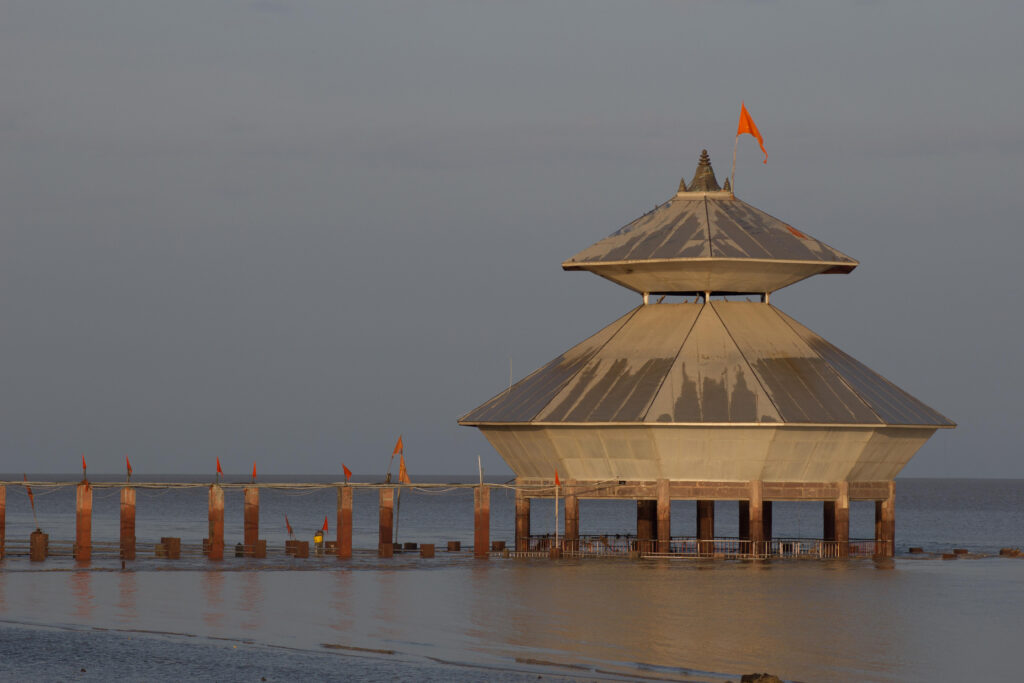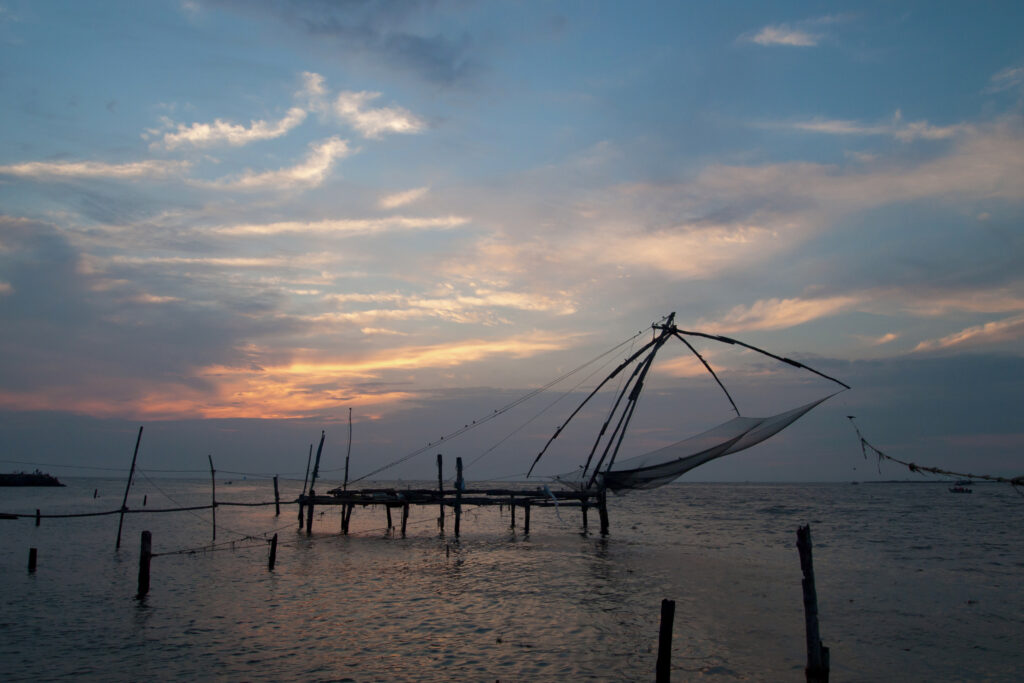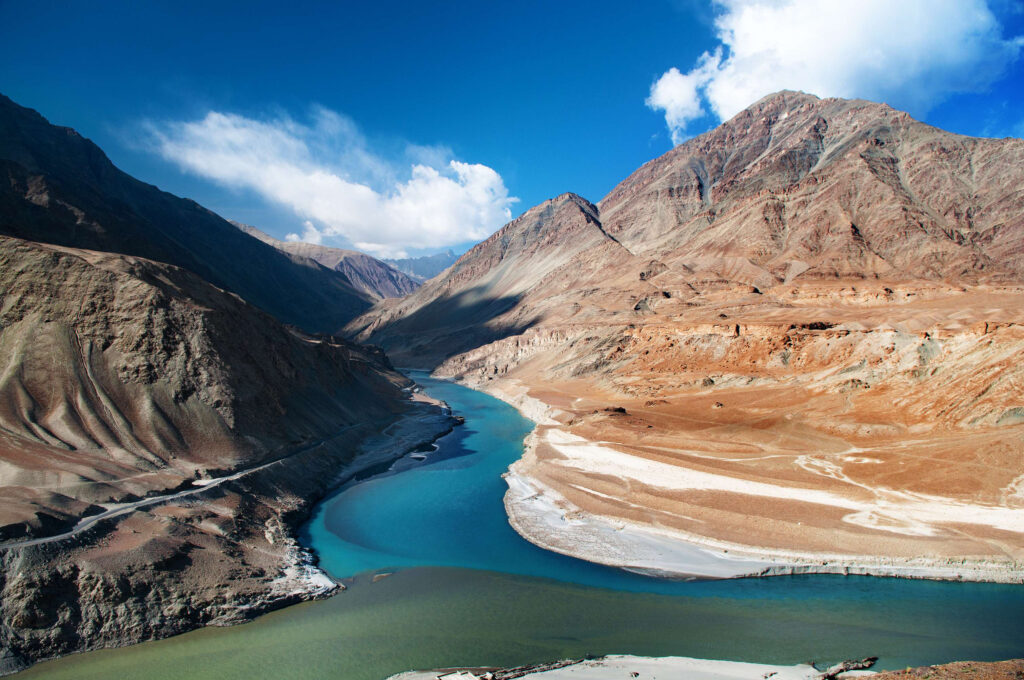In the Gujarati town of Kavi Kamboi, there is a 150-year-old Shiva temple called the Stambheshwar Mahadev Mandir. Between the Arabian Sea and the Bay of Cambay, there is an old Shiva temple. Although there is nothing particularly unique about the architecture of this relatively plain temple, it is still one of India’s most intriguing must-see religious attractions. The temple’s ability to completely submerge into the sea during high tide and then gradually emerge from the water again as the tide begins to recede, revealing the 4 foot high Shiva lingam, is what makes it so special.What to expect when visiting the Stambheshwar Mahadev Temple is as follows:
Click here to get location of Stambheshwar Mahadev Mandir
Stambheshwar Mahadev Mandir

About Stambheshwar Mahadev Mandir :
| Sravan month | |
| No Entry Fees | |
| Shree Stambheshwar Mahadev Temple,Kavi-Kamboi, Jambusar, Gujarat. | |
| Everyday Open From 05:00 am to 09:00 pm |

Stambheshwar Mahadev Temple Timings :-
Everyday Open From 05:00 am to 09:00 pm

Best time to visit Stambbeshwar Mandir :
The best time to visit the Stambheshwar Mahadev Temple would typically be during the low tide when the temple is accessible by foot. However, it’s important to note that tidal patterns can vary, and it’s advisable to check the local tide schedule before planning your visit. You can use online tide prediction tools or consult with local authorities to get accurate information about the tide timings.
Gayab Mandir at a glance :-
One of the oldest temples in India devoted to Lord Shiva is the 150-year-old Stambheshwar Mahadev temple. It’s in Jambusar, Gujarat, in a little village called Kavi Kaboi. Situated only meters off the coast, the temple is sandwiched between the Arabian Sea and the Bay of Cambay. Its architecture is nothing to brag about, but because of its unusual position, it is one of the most significant holy places in India.
Why does the temple disappear? :-
A little distance from the Gujarati coast is the Stambheshwar temple. The temple disappears under water during high tide and emerges again during low tide. The temple is submerged under the sea as the water level rises and falls twice daily. The four-foot-tall Shiva Lingam is revealed when it returns as the water starts to recede. The Garbha Griha, also known as the sanctum sanctorum, is entirely buried underwater, with only its tip visible above the surface.
Legends of the Stambbeshwar Temple :-
The Skanda Purana, one of the 18 Hindu Puranic texts, mentions this temple. According to legend, Kartikeya, the son of Lord Shiva, led the Devas (Gods) who constructed it. He is credited in legend with defeating Tarakasur, a monster. The narrative proceeds as follows: Tarakasur, albeit a demon, was a devoted follower of Lord Shiva. In an attempt to gain Lord Brahma’s favor, he made a number of penances, or “tapasya,” for him. When it came time to approach Lord Brahma for a favor, Tarakasur inquired shrewdly for a blessing that would protect him from dying. He asked Tarakasur for another boon, since death is an inescapable fact of life.




